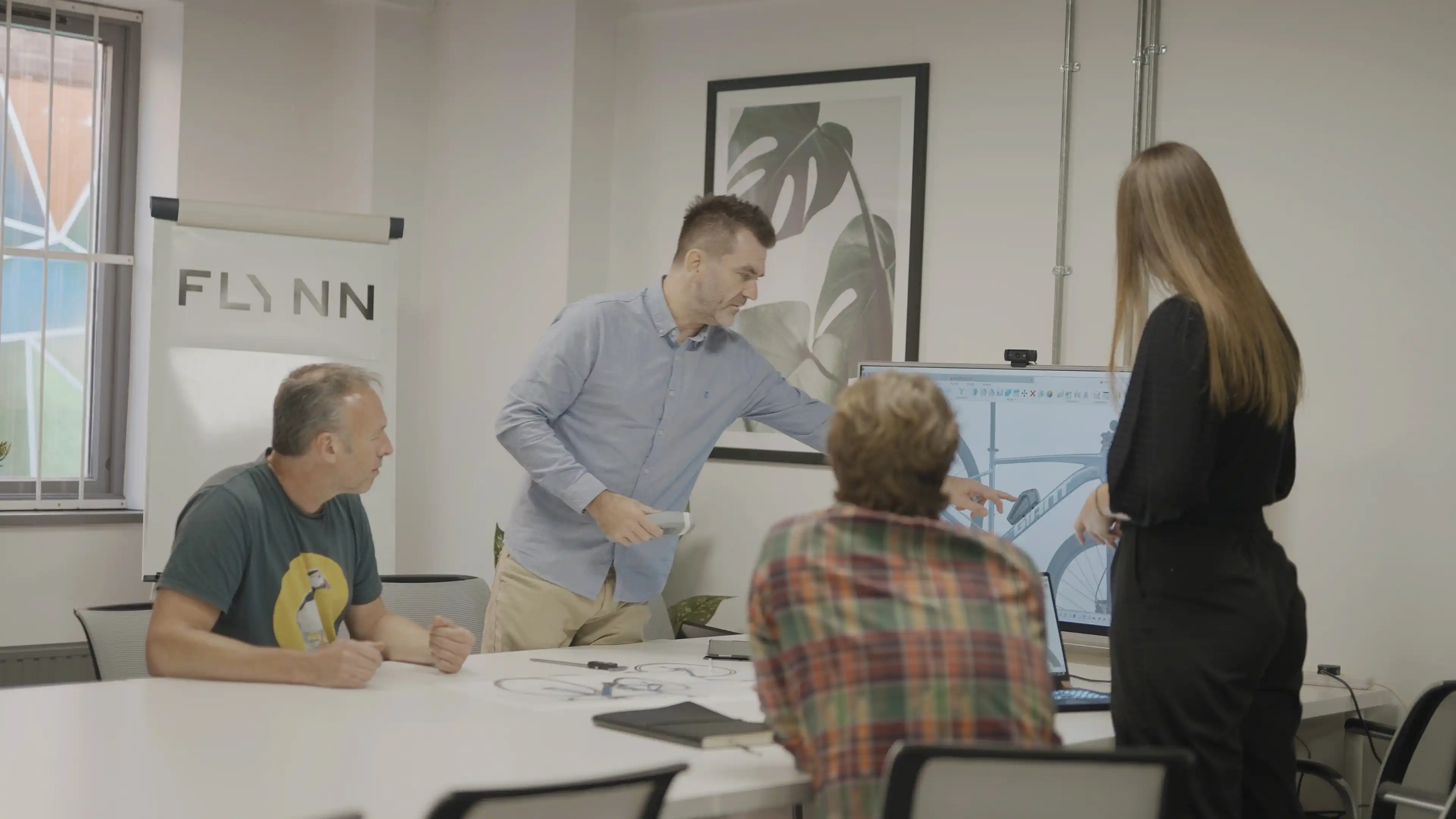Harnessing Nature's Brilliance: How Biomimicry Inspires Innovative Design
Harnessing Nature's Brilliance: How Biomimicry Inspires Innovative Design
In the world of design, where creativity and functionality converge, using nature’s brilliance as a source of inspiration is a proven track for success. Biomimicry, the practice that seeks inspiration from nature's forms, processes, and systems to solve challenges and influence designs, has been a catalyst for ground-breaking innovations across various design disciplines. Biomimicry offers a myriad of inspiration from architecture to product design, paving the way for design solutions that are sustainable, efficient, and seamlessly integrated. In this article, we will explore the fascinating ways in which nature inspires design and revolutionises the way we approach creative problem-solving.
Biomimetics, also known as biomimicry, is the study of nature's designs and processes to solve human problems. The term was coined by Janine Benyus in her 1997 book, Biomimicry: Innovation Inspired by Nature. The concept has been around for centuries, with Leonardo da Vinci famously studying the flight of birds to design his flying machines.
Architecture: Embracing Nature's Efficiency and Resilience
Nature's architecture has been shaped by millions of years of adaptation and optimisation. This means by observing natural structures, architects gain insights into how they can design buildings that are efficient, resilient, and in tune with the environment. The Eastgate Centre in Zimbabwe for example, which was inspired by termite mounds. The building significantly reduced its reliance on traditional cooling and heating methods, by replicating ventilation systems found in termite mounds, providing a more sustainable design approach through significant energy savings.

Product Design: Emulating Nature's Functional Forms
Nature's designs effortlessly blend form and function, by studying natural organisms, product designers can discover elegant and efficient solutions to human challenges. Take the invention of Velcro for example, this was inspired by the mechanism by which burrs stick to clothing. By imitating the tiny hooks found on burrs, Velcro revolutionised fastening solutions, by providing a versatile and reusable method. This breakthrough has had a profound impact on industries ranging from fashion to transportation, redefining the design landscape with its practicality and adaptability.

Transportation: The Whispering Efficiency Of Natures Motion
The design of the Shinkansen, also known as the bullet train, is an awe-inspiring testament to the power of biomimicry. Taking its inspiration from the beak of a kingfisher, the train nose exhibits a design that allows it to glide through the air with grace, minimising turbulence and noise. This remarkable design not only makes the train faster and more efficient, but also has reduced the noise pollution commonly associated with high-speed trains. The Shinkansen embodies the fusion of nature's elegance and cutting-edge technology, re-writing the space of sustainable transportation.

Material Science: Nature's Self-Cleaning Secrets
A compelling testament to the potential of biomimicry is the remarkable development of self-cleaning surfaces inspired by the lotus leaf. These self cleaning properties of the lotus leaf have been harnessed by scientists and engineers to create innovative self-cleaning coatings that repel dirt and water for a wide range of applications. By mimicking this natural phenomenon, designers have created self-cleaning surfaces for buildings and products, reducing the need for harsh cleaning chemicals and conserving water resources. Ushering in a new era of sustainable and low-maintenance surfaces.

Aesthetics: The Allure of Nature's Patterns and Colours
Many designers are inspired by the beauty and complexity of natural forms and patterns, allowing them to create visually captivating and harmonious designs. From the mesmerising patterns on butterfly wings, the branching structure of trees to the spiral shape of seashells, natural forms can be found in everything from architecture to fashion. By drawing upon biomimetic aesthetics, designers can infuse their creations with the captivating allure of nature, forging a deeper connection between humans and their environment.

In conclusion, nature has always been a source of inspiration for designers, from Leonardo da Vinci to contemporary biomimicry designers. Whether it’s the development of new materials or the creation of sustainable fashion, biomimicry empowers designers to tap into nature's immense design repository, unlocking unparalleled inspiration for innovative creations. By studying the processes and systems that make nature so resilient and adaptable, designers can create more sustainable, efficient, and beautiful solutions to the problems we face as a society.
In today's world, where environmental degradation and climate change pose unprecedented threats, it's more important than ever to look to nature for guidance and inspiration. By observing and emulating nature's time-tested designs, designers can shape a more harmonious, sustainable and ecologically conscious world. As we delve deeper into the realm of biomimicry, we uncover endless possibilities, pushing the boundaries of design to new limits.
We provide businesses with product design consultancy, industrial design, prototype design & related services.
.avif)


